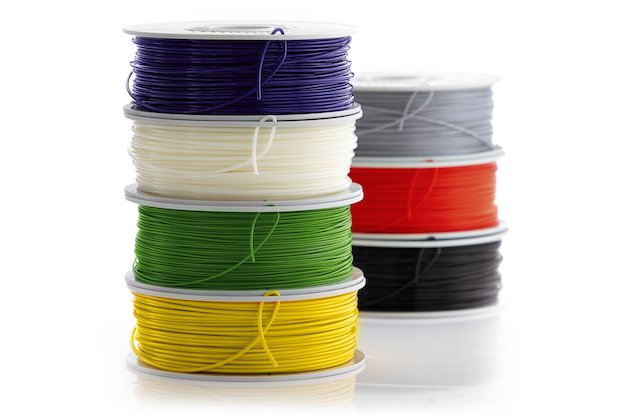3D Printing Material Supplier
3D Printing Material Supplier: What You Should Know

3D printing burst into the technological world around the year 1986. The potential of 3D printing was not realised until the late 1990s. Even then, the usage of 3D printing was confined to industries such as architecture, engineering and manufacturing. 3d printing however started gaining recognition as it penetrated the medical industry. Its application in construction of copies of organs, has seen it gain massive popularity. These 3D printed organs are operated before the actual operation in order to predict any complications that any arise at the time of the actual operation. These printers have enabled doctors to handle complex operations with ease.
Method followed in 3D printing
There are primarily two famous methods by which 3D printing is carried on. These are:
FDM or Fused Deposition Modelling is the method under which plastic materials are mostcommonly used. They are in the form of a filament spool meant to be placed in or on the 3Dprinter. With FDM technologies there are many varieties of plastics and differentcharacteristics.
FFF (Fused Filament Fabrication): Fused Filament Fabrication or FFF is also known as FusedDeposition Modelling (FDM). Thermoplastic material is used in this 3D printing process. Thisprinting process uses a continuous filament of a certain thermoplastic material. A movingprinter extruder head that is heated, feeds a large coil to the filament. The nozzle on thehead of the printer, forces out molten thermoplastics. This molten thermoplastic getsdeposited on the structure being prepared.
3D Printing Materials:
3D printing uses a wide array of materials to print. Some of the most common materials for 3Dprinting are:
PLA (Polylactic Acid): Polylactic acid or PLA is a very popular 3D printing material. It is a biodegradable material that is used in 3D printing. It has wide applications because of its biodegradable nature. It is even used in food packaging as it is considered a green substance. It has maintained a decent price range in the market. It is considered that the temperature range from 180° to 220° is ideal for printing polylactic acid.
PET (Polyethylene terephthalate): PET or Polyethylene terephthalate is a materialthat is commonly used in plastic bottle. The PET is best suited for printing articles that are meant to come in contact with anything edible. When printed in betweentemperature ranging from 75° to 90° centigrade PET is known to produce the bestresults. PET is fully recyclable.